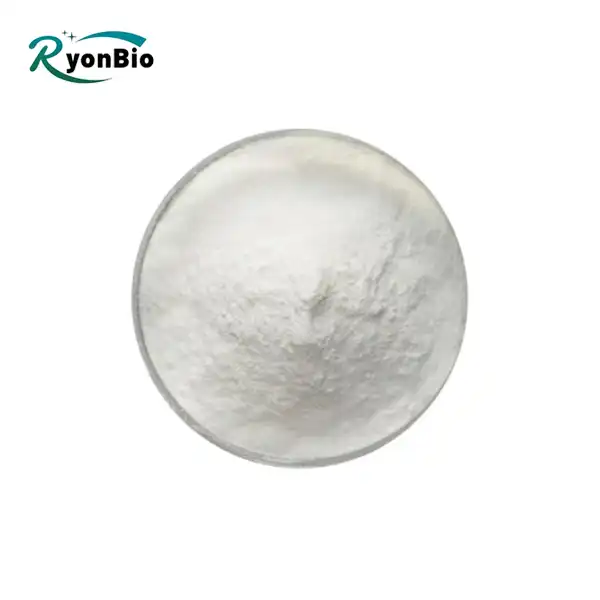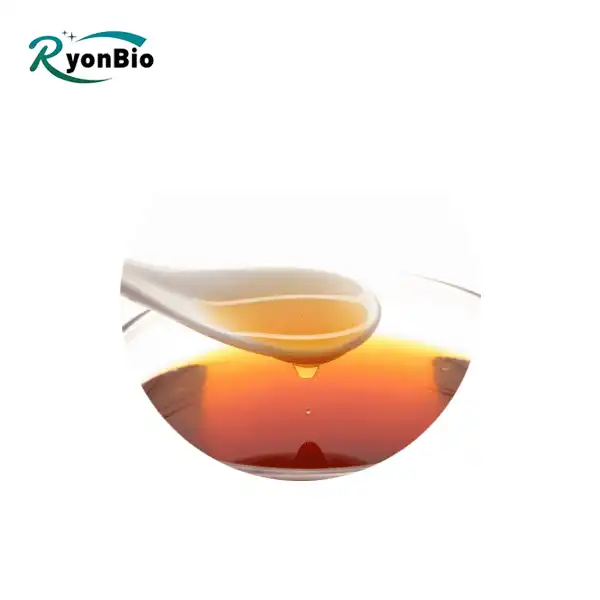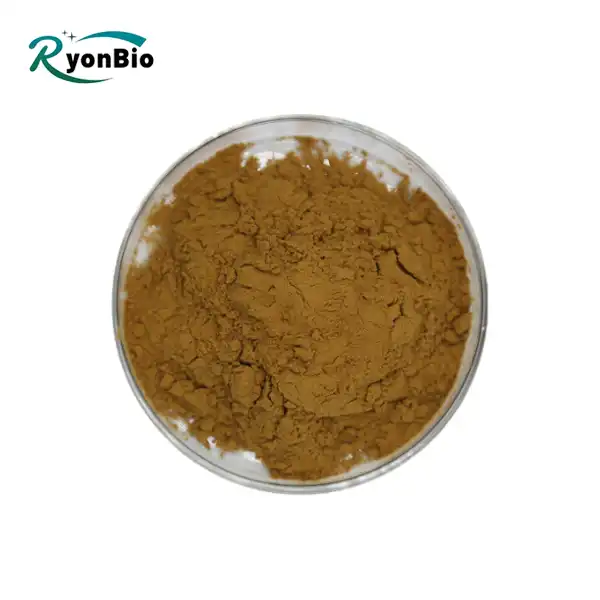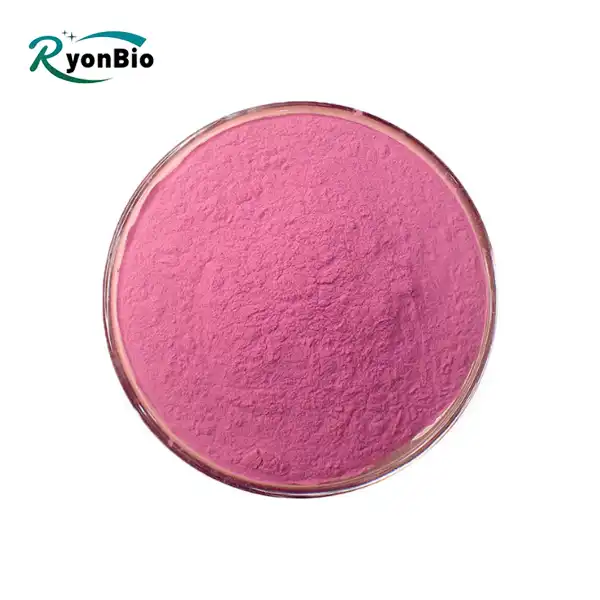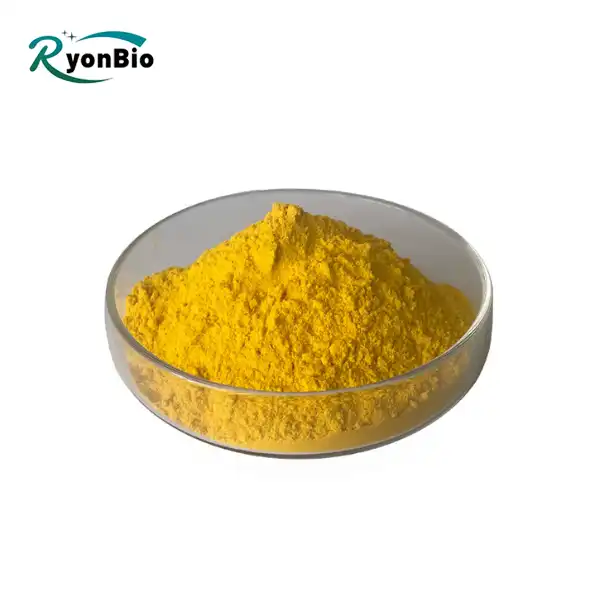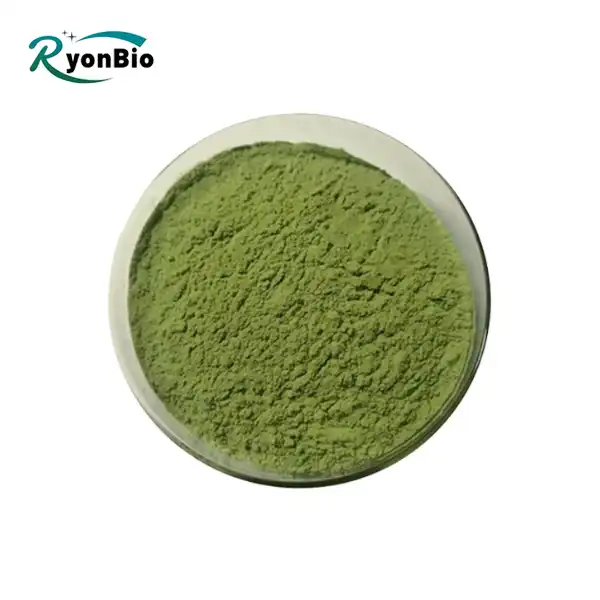As a confectionery expert with a passion for innovative sweet treats, I'm often exploring the use of alternative sweeteners in candy making. Sorbitol Powder, a sugar alcohol with a glycemic index of around 13, is a popular choice for those seeking a sugar-free or reduced-sugar alternative. In this article, I'll guide you through the process of crafting candy using Sorbitol Powder, ensuring a delicious outcome that caters to a variety of dietary needs.

Understanding the Role of Sorbitol Powder in Candy Making
Sorbitol Powder serves as a humectant, helping to retain moisture in candies and extend their shelf life. Its slower onset of sweetness compared to sugar allows for a more controlled sweetness profile in candy. Moreover, Sorbitol Powder contributes fewer calories per gram than sucrose, making it an excellent choice for low-calorie confections.

Preparing the Candy Recipe with Sorbitol Powder
When transforming a traditional candy recipe to utilize Sorbitol Powder in lieu of sugar, achieving the correct balance is essential. Typically, Sorbitol Powder substitutes sugar on a 1:1 basis, yet adjustments may be necessary due to its humectant properties. Sorbitol has a tendency to absorb moisture, which can affect the final texture of your candy. To counteract this, it's advisable to tweak the liquid components in your recipe. By carefully modifying the liquid content, you can attain the desired consistency and texture in your candy. This meticulous approach ensures that your candies not only deliver on taste but also meet the texture expectations of discerning consumers. Experimentation with Sorbitol Powder allows you to create confections that are both flavorful and consistently appealing in texture, maintaining a high standard of quality in your candy-making endeavors.

Cooking Techniques for Candy Using Sorbitol Powder
Mastering the art of creating candy with Sorbitol Powder involves employing precise cooking techniques, with a primary focus on temperature control. Unlike traditional sugar, Sorbitol Powder boasts a higher boiling point, necessitating elevated cooking temperatures to achieve optimal consistency. To ensure success, it is essential to utilize a dependable candy thermometer, diligently monitoring temperatures throughout the cooking process. This meticulous approach mitigates risks such as caramelization or scorching of the mixture, thereby preserving the intended flavor profile and texture of your candy. By maintaining strict temperature management, confectioners can consistently produce candy that delights with its smooth texture and unwavering quality, ensuring each batch meets high standards of taste and presentation.

Incorporating Flavors and Colors in Candy with Sorbitol Powder
Enhancing candy with Sorbitol Powder involves skillfully incorporating flavors and colors to elevate its appeal. Sorbitol Powder's neutral taste profile serves as an excellent foundation for infusing vibrant flavors and adding captivating colors. Whether you opt for natural extracts or food-grade colorants, Sorbitol Powder seamlessly integrates these elements while maintaining its sweetening properties. This flexibility empowers confectioners to create a diverse array of flavored candies that cater to various tastes and dietary preferences. By utilizing Sorbitol Powder, confectioners can confidently experiment with different flavor combinations and artistic presentations, ensuring each batch of candy not only tastes delightful but also entices with its visually appealing aesthetics.

The Importance of Cooling and Setting
In the realm of confectionery production, achieving the perfect texture and consistency in candy is a delicate balance of art and science. Once the candy mixture reaches its optimal temperature through heating, the subsequent cooling and setting process becomes crucial. Sorbitol Powder, a frequently used sugar substitute prized for its humectant properties, assumes a pivotal role in this phase.
Premature crystallization of sorbitol can mar the final product if the candy mixture cools too swiftly. Thus, allowing the candy to cool gradually and uniformly is imperative. This gradual cooling fosters the development of a velvety, chewy texture that defines premium-quality candy. Moreover, precise setting ensures that the candy maintains its shape and structural integrity upon complete cooling.

Comprehending and meticulously managing the cooling and setting stages significantly contribute to the overall sensory experience and consumer contentment with the end result. Mastery of these techniques not only elevates the visual allure of candy but also underscores the significance of accuracy and patience in confectionery craftsmanship.
By prioritizing proper cooling and setting techniques, confectioners can consistently produce e-candies that not only taste delightful but also boast an enticing texture and appearance. This dedication to detail underscores the essence of artisanal confectionery, where each procedural step—from heating to cooling—is carefully orchestrated to achieve optimal outcomes. Ultimately, adept handling of these processes ensures that e-candies meet elevated standards of excellence, leaving a lasting impression on consumers.
Conclusion
Making candy with Sorbitol Powder opens up a world of possibilities for creative candy crafting. By understanding the unique properties of Sorbitol Powder and adjusting your recipe and cooking techniques accordingly, you can produce delicious, sugar-free treats that satisfy a variety of palates.
If you want to learn more about this kind of Sorbitol Powder, welcome to contact us at mailto:kiyo@xarbkj.com
References
1.Kallioinen A, Forssell P. Utilization of sorbitol in sugar-free confectionery. J Food Sci. 1979;44(3):902-905.
2.Gallardo G, Bustos MC, Pérez E, Robert P. Crystallization of sorbitol and its effect on the texture and structure of hard-boiled candies. Food Res Int. 2008;41(6):609-615.
3.Sato H, Tachibana Y, Kimura K. Characteristics of crystal growth of sorbitol and crystalline structure of sorbitol in hard candy. J Food Sci. 1990;55(1):224-228.
4.Kearsley MW, Heyes JA. Sorbitol crystallization in hard boiled candies: a model for growth from solution. J Food Eng. 2000;45(1):41-49.
5.Rösch D, Bergfeldt K, Hinrichs J. Sugar substitutes in confectionery: stability of a hard boiled candy system. Food Res Int. 2014;55:290-298.
6.Schulz GE, Hager H. Sorbitol - a sweet solution for the pharmaceutical industry. Eur Pharm Rev. 2016;21(4):52-56.
